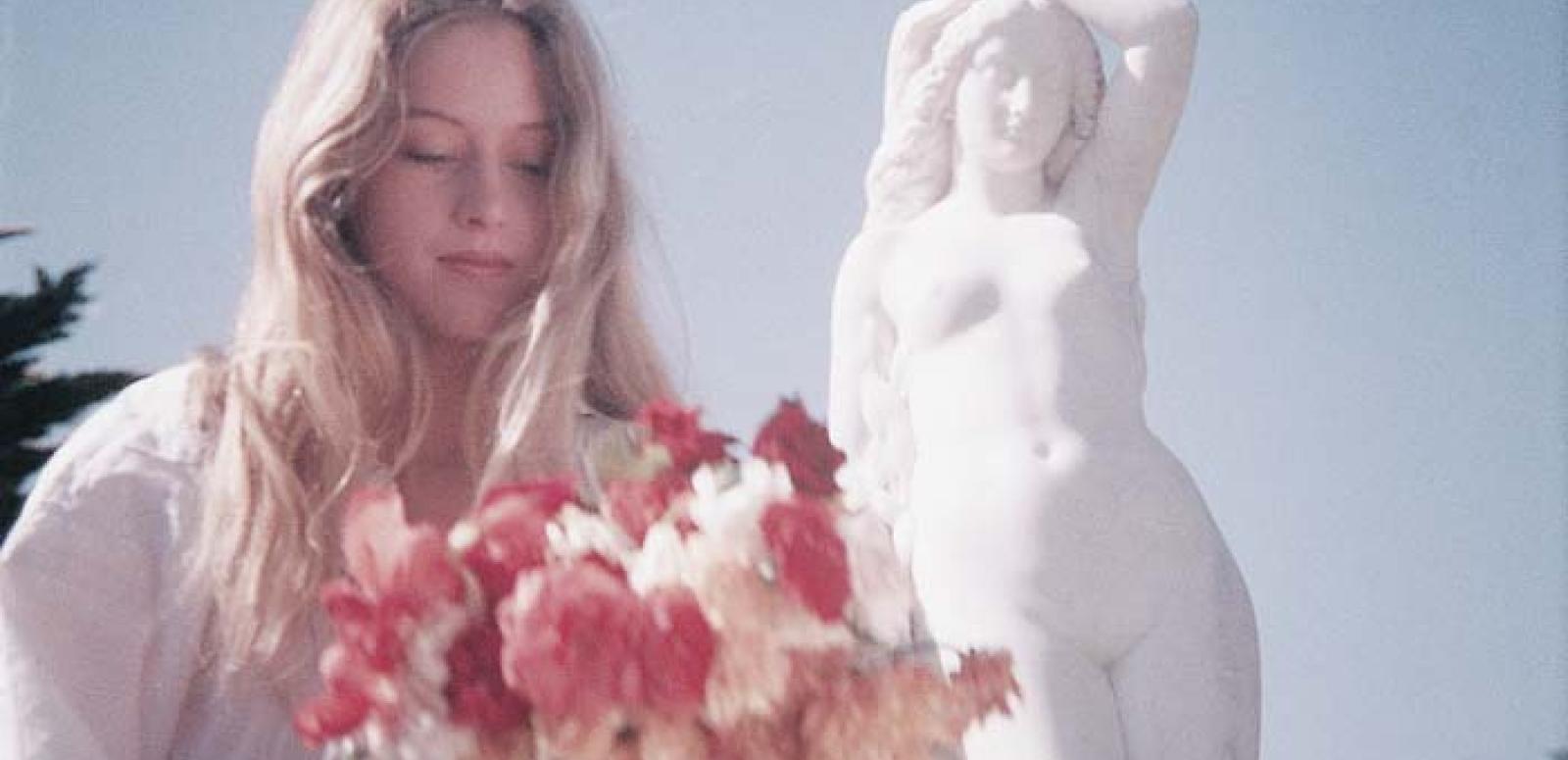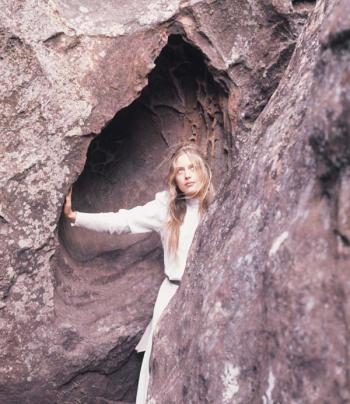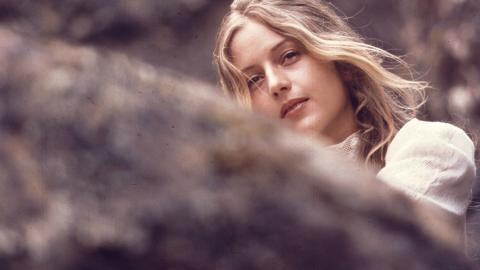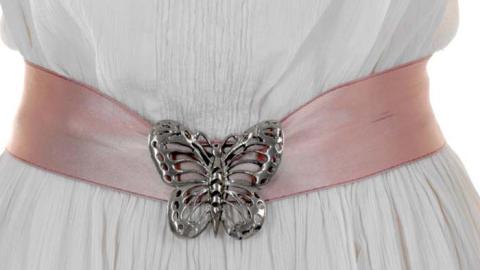

Anne Louise Lambert interview
Anne Louise Lambert interview
Anne Louise Lambert visited the NFSA for the 40th anniversary screening of Picnic at Hanging Rock on 7 August 2015. View the online Picnic at Hanging Rock curated collection.
Has your interpretation of the meaning and themes of the film changed over the years – particularly given your work as a psychotherapist?
Yes, I’ve looked at it differently at every stage of my life. It’s one of those films that is so rich and layered in meaning, and certainly the work I do now changes the way I see Picnic a little bit.
It seems to be about the English arriving here, to this place. We have that sense of that foreign, almost transplanted way of thinking and the natural environment being at odds. Miranda seems to be natural, unspoilt and unaffected, and she hasn’t really taken on the ‘shoulds’ and ‘have-tos’ of colonial thinking. She’s somehow free and her relationships with others seem loving and giving – a huge contrast to the school’s hierarchical way of thinking, which was all about power, control and status. The school is also a place full of repressed energy.
I also think the film is about our relationship with uncertainty and fear of the unknown, and I guess in terms of psychotherapy, the big existential question of death. We have an incredible need to solve and control things and in this film, that doesn’t happen – just like in life, where resolution and control often don’t happen either. We try and understand, solve and resolve everything, and we don’t succeed.
What do you remember about the costumes?

The costumes themselves were incredibly comfortable and were obviously made for each of us. Judith Dorsman’s work was remarkable.
My dress was all about Miranda – it had daisies in the lace and that was Miranda’s flower. It talks about her innocence and her simplicity. There was a butterfly buckle which talked about her freedom, her lightness of being. The dress itself was incredibly comfortable, and Miranda was the only one who didn’t have to wear a corset. Theoretically, again, that was about her being free.
The one thing that I did have difficulty with was the shoes. All that wandering up and down the rock and jumping over creeks became incredibly painful. That was probably my greatest acting achievement: to not look like I was in extreme pain, because I was in extreme pain! We had old boots, shoes from the period and the leather was hard. They must have tried about three different pairs on me and none of them actually fitted. So I would take my boots off at the end of the day and they were full of blood, basically. I wore my way through blisters and bandages – it was just ridiculous. So all that trailing of hands and trying to look relaxed was probably my finest moment – if only people knew!
How do you feel about the fact that these costumes are now part of an online collection, and a special one-night only exhibition in Canberra on 7 August 2015?
I think the work the NFSA does is incredibly important, valuable. For people to actually be able to see and be in the presence of those objects, things that they’ve seen on the screen… it’s part of our cultural and social history, and I’m happy to have given the dress and the costumes to the NFSA knowing they will be well looked after and others will get to enjoy them.
Your face became synonymous with the film. What were the positives and negatives of this association?
Picnic has been an important part of my life because of the fact that that photograph of me gets seen so much. The recognition that I get from that film just seems to go on and on and on.
The positives have probably outweighed the negatives because Picnic has had such a warm response from the public, and Miranda in particular seems to be a character that people respond very warmly to. People respond very warmly to me when they recognise me as Miranda, and that has made my world a much warmer and friendlier place to be. I’ve grown up with people smiling into my face with shiny eyes, hugging me and being thrilled when they make that connection, and that’s been extremely positive.
On the other hand, I have to keep finding a new relationship with the whole experience, with the film itself, what it means in terms of Australian history, what it means in terms of my life. I don’t always feel like doing it. I sometimes think, ‘What can I possibly say that I haven’t already said? Am I just repeating myself and is this all getting a bit tedious for people?’.
In addition to your psychotherapy work, are you planning any new acting roles?
I’m not working on anything at the moment. I’m limited in the work I can do because of my psychotherapy career, so things either magically fit or they don’t. More recently I did a small part in the House of Hancock series playing Hope Hancock, Gina’s mother. I think I died in the first episode, so that fitted in nicely with my work.
It’s really about finding things that I’m able to do, that I want to do, and that fit in around my other work. Sometimes it works out really well but quite often it’s just not possible.
The National Film and Sound Archive of Australia acknowledges Australia’s Aboriginal and Torres Strait Islander peoples as the Traditional Custodians of the land on which we work and live and gives respect to their Elders both past and present.


